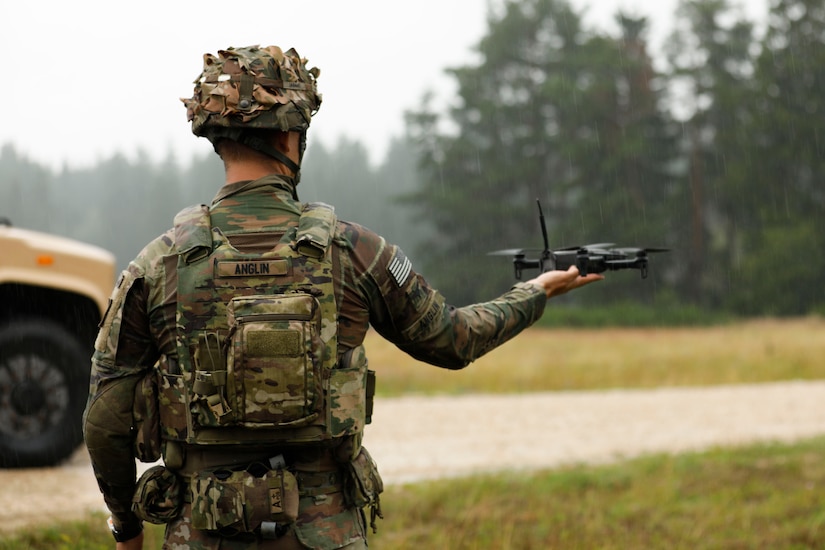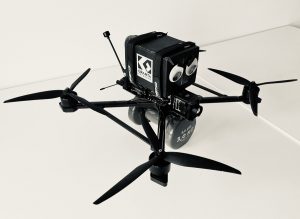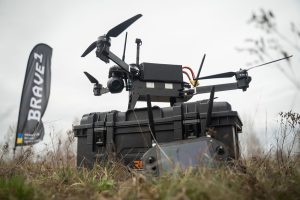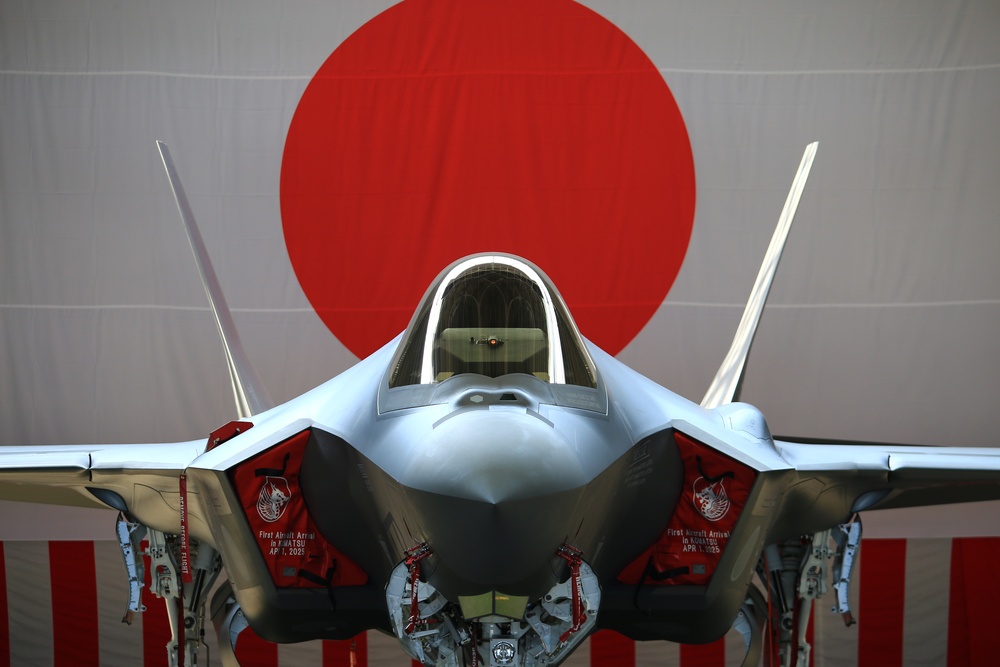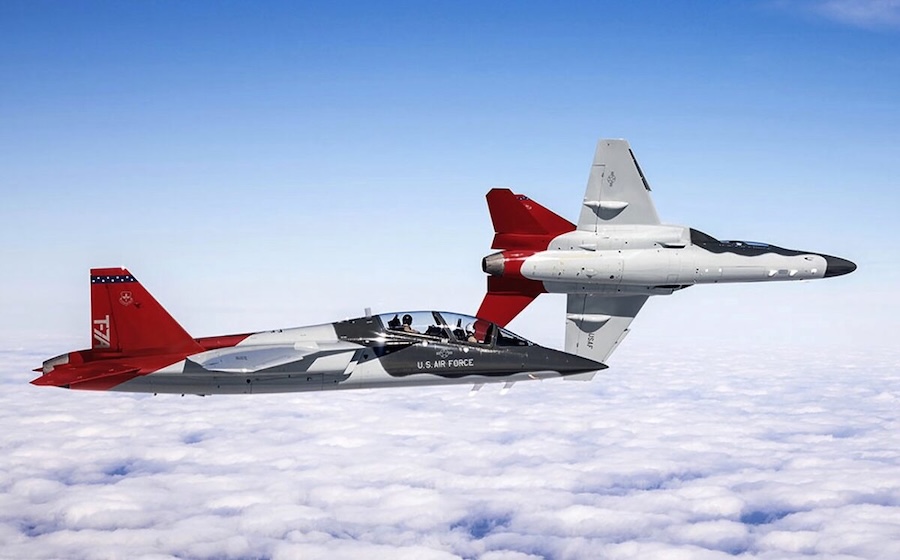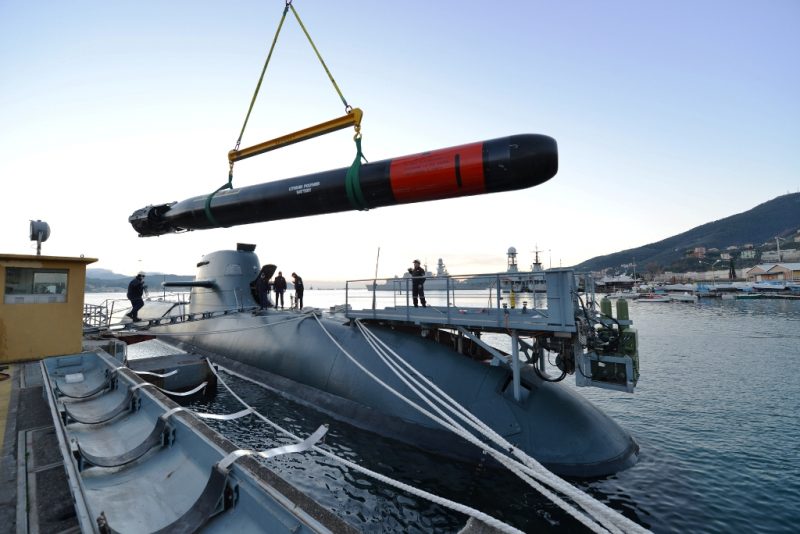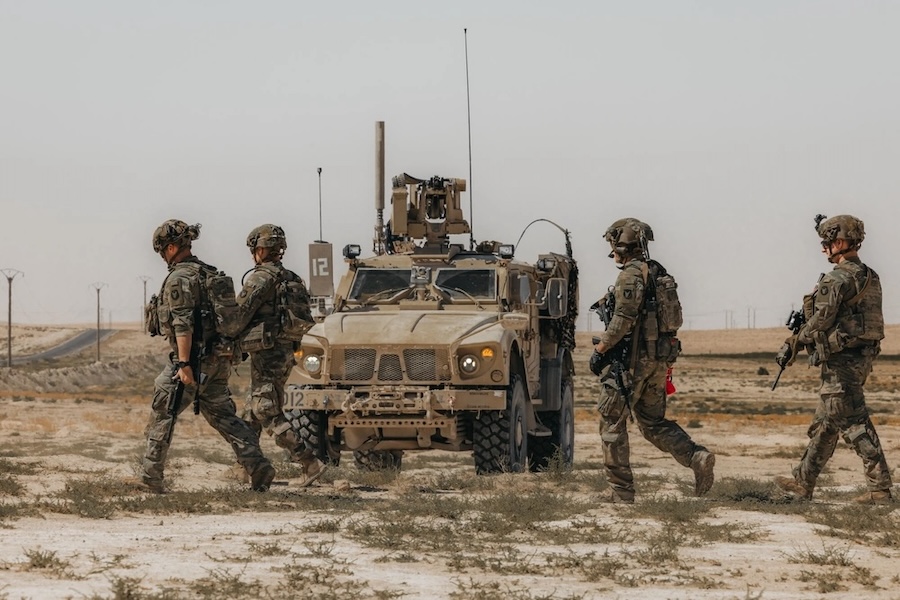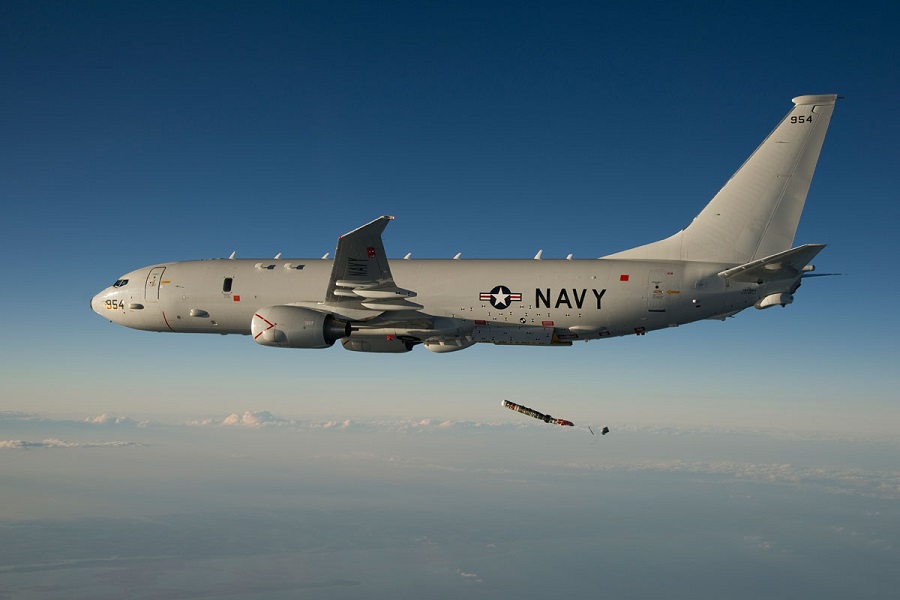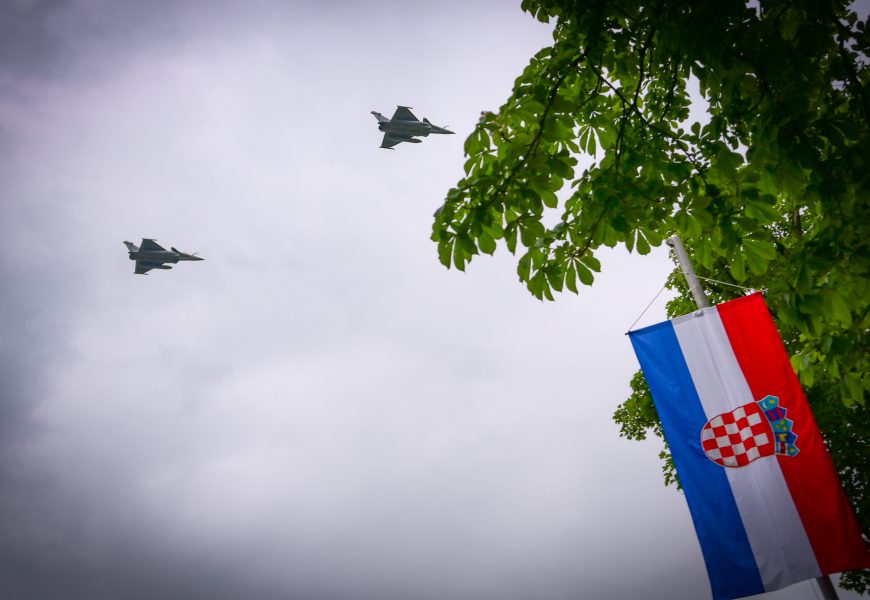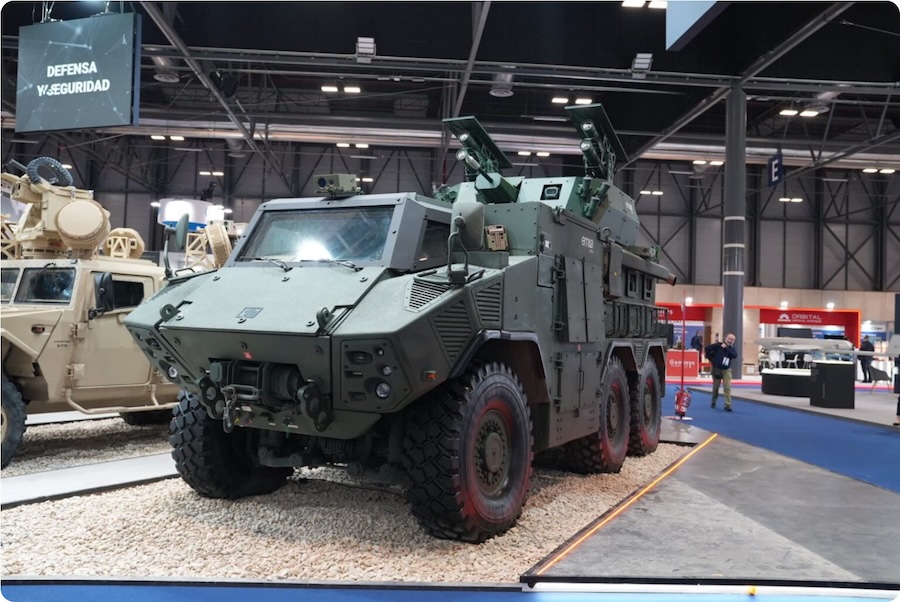The drones being tested are one-way, single-munition systems designed to strike moving or stationary targets. Lightweight and inexpensive, they can be deployed by individual Soldiers without the need for larger and more costly weapon systems.
This training supports the Army’s aim to mass-produce FPV and Purpose Built Attritable Systems (PBAS) for use across the force. PBAS drones can carry both lethal and non-lethal payloads and are capable of engaging mounted or dismounted enemy units, with one full system costing about $35,000 and individual drones around $5,000.
“This type of training allows us to test and modify our drones as well as practice our drone tactics,” said Sgt. Elena Killough, 10th Brigade Engineer Battalion, 1st Armored Brigade Combat Team. “I really enjoy this type of training, and being able to fly FPV drones is very rewarding, especially when you hit the target!”
The event also provided an opportunity to gather operational feedback and refine tactics for greater lethality and capability. The 2nd Cavalry Regiment, stationed at Grafenwoehr, will offer detailed input on PBAS usability during the upcoming Saber Junction exercise in September 2025.
“Exercises like this enable us to keep a sharp edge, especially coming out of our joint multi-national rotation,” said 1st Lt. Benjamin Storie, platoon leader for the drone section. “We had two of our FPV teams qualify, and this was the first time we had a live mission where we integrated with conventional Army forces, so this was a huge accomplishment for my team.”
The live-fire FPV training illustrates the Army’s ongoing TiC 2.0 drone initiative, aimed at integrating current and emerging technologies into training and operational doctrine. This approach seeks to ensure forces remain adaptable and effective in evolving combat environments.
Source: V Corps (U.S. Army).



